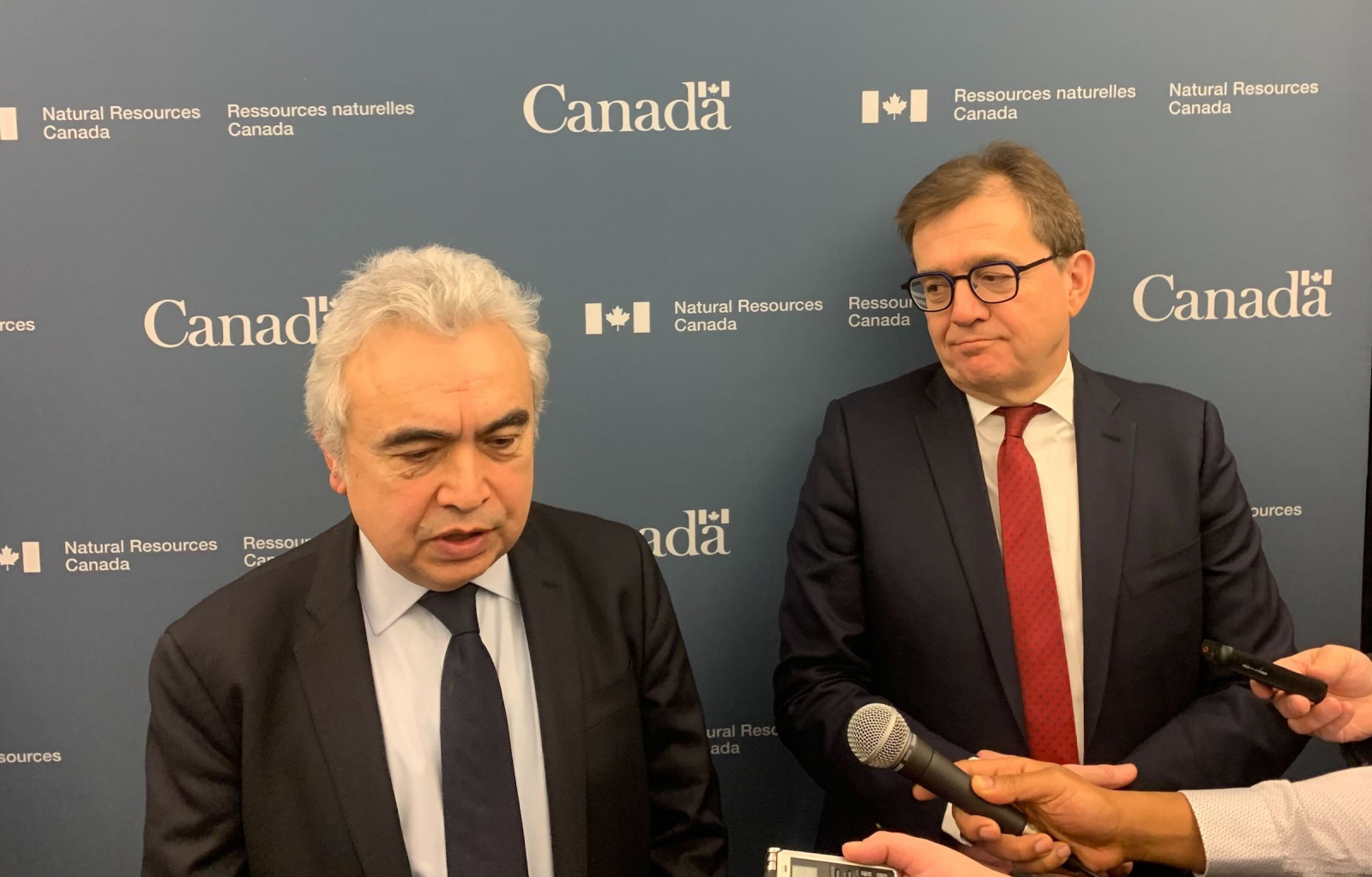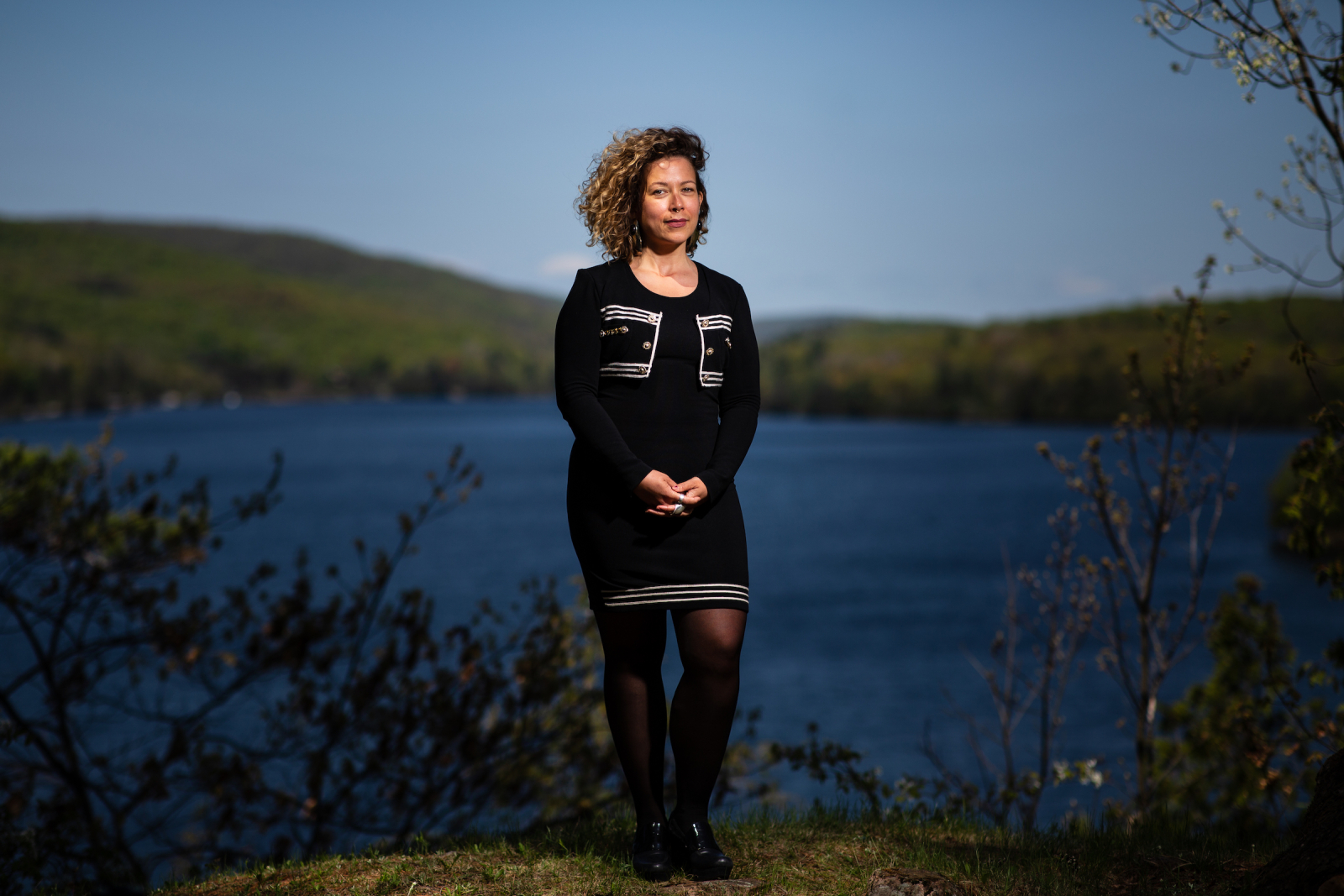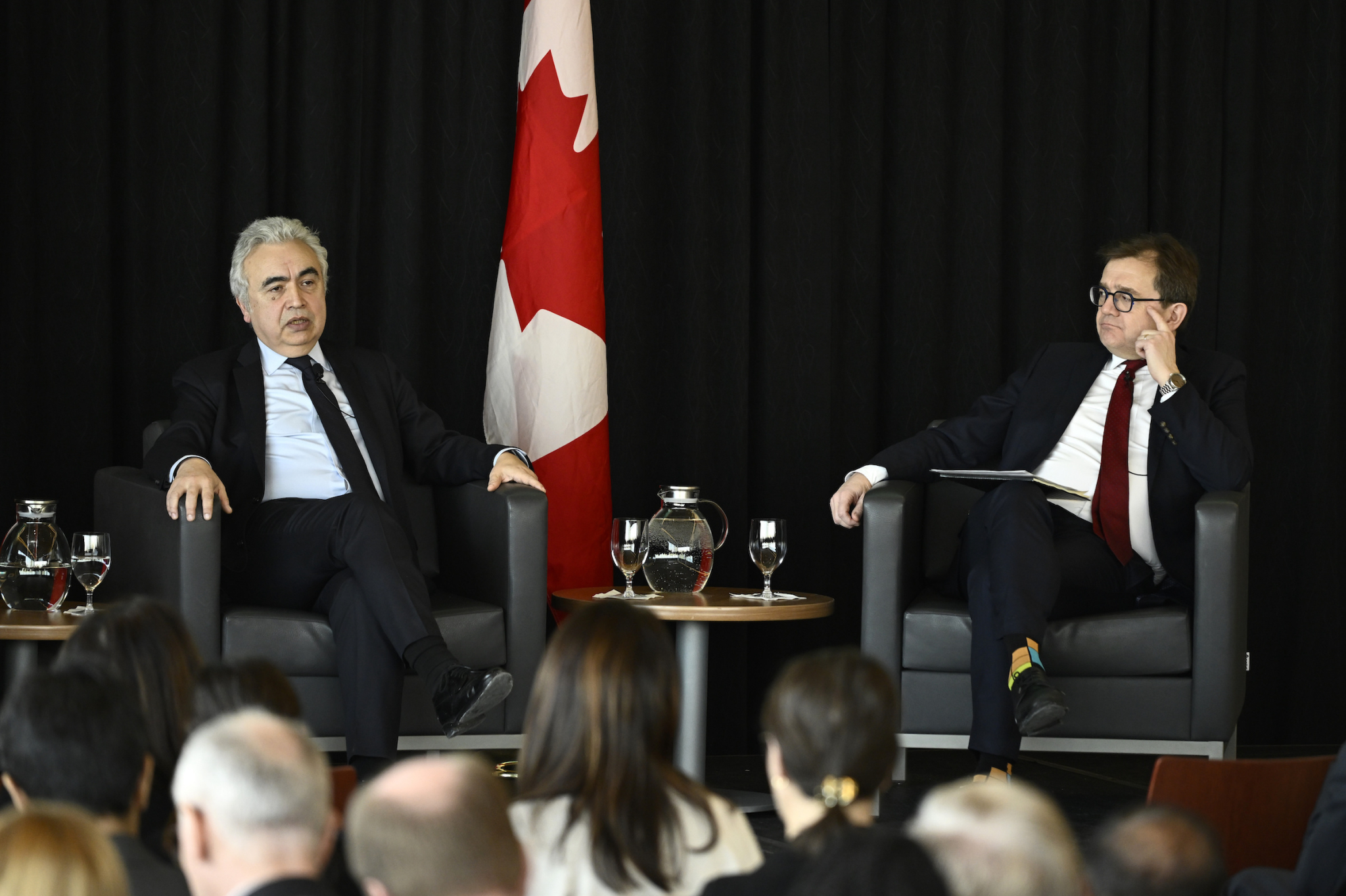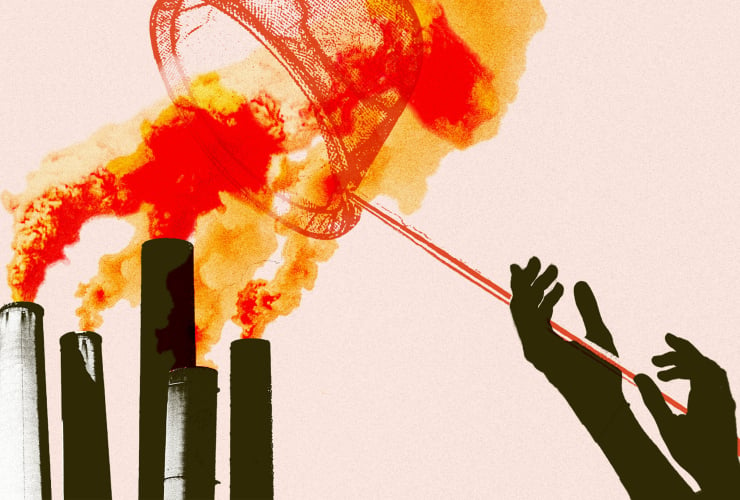Natural Resources Minister Jonathan Wilkinson says Canada is at a fork in the road and the energy decisions made today will ripple for generations to come.
During a fireside chat with International Energy Agency executive director Fatih Birol at the University of Ottawa this week, Wilkinson sketched out two paths he sees for Canada.
The first path he calls a plan for the future, which “acknowledges the reality of climate change” and involves seriously planning for a decarbonized economy. This path sees all regions of the country benefit through a decades-long transition to net-zero greenhouse gas emissions. The second approach he calls “hope for the best.”
That second path means “we either don't accept or we don't think the climate issue is that important, and we will bet on technology that will save us from the impacts of climate change,” he said.
Wilkinson is a well-known technology optimist, having worked as an executive in clean technology companies before his time as a federal MP. He acknowledged that his nearly 20 years in that sector makes him believe in its importance, but said in itself, technology is not a plan for the climate or economy.
During the hour-long conversation between Birol and Wilkinson, the IEA head applauded Canada’s climate efforts and said the country must step up on two issues internationally: carbon capture technology and critical minerals supply. Those are core issues for an energy transition, Birol added: bringing down planet-warming emissions from existing fossil fuel sources, while scaling up renewable energy and battery technologies using critical minerals, like nickel, cobalt or lithium.
“We have to step up carbon capture and storage… an international push on this would be very much appreciated,” he said.

That view reveals a rift between the IEA and other international bodies like the Intergovernmental Panel on Climate Change (IPCC), an international collection of scientists whose reports are considered the gold standard for climate science. The IPCC considers carbon capture to be among the most expensive and least helpful climate solutions.
History has not been kind to the 50-year-old technology, either. An analysis from the Institute for Energy Economics and Financial Analysis studied 13 carbon capture facilities, representing the majority of carbon capture capacity worldwide, and found 10 of them underperformed or failed entirely. Some projects, like the Quest CCS facility in Alberta, actually emitted more CO2 than they captured, according to a 2022 report from Global Witness.
In an interview with Canada’s National Observer, Catherine Abreu, Destination Zero executive director and member of Canada’s Net-Zero Advisory Body, said she found it interesting to hear Wilkinson describe a choice between two paths.
If she’d had the chance, she would have asked: “What choice do you think you're currently making as a government?”

“We've got this bedrock foundation of policy progress … (but) we're not actually having that transformative action, and so right now we're de facto making the choice to rely on technological solutions,” Abreu said.
Last week, the Net-Zero Advisory Body submitted its first annual report to the federal government, with 25 recommendations spanning three focus areas: governance, industrial policy and energy systems. The report stresses that with 27 years until 2050 — when Canada is aiming to have net-zero emissions — the task at hand is about more than bringing emissions down. Rather, to build a prosperous net-zero future for the country requires “urgent actions” in the near term.
“The NZAB is saying we're not here to exclusively talk about emissions reductions, we're here to talk about how we transform our society and economy so that in 2050, and forever thereafter, (we) actually live in balance with the planet,” Abreu said. “Because we want this transformative action at the societal and economic levels, we're saying our climate policy needs to be about society and the economy. It can't just be about emissions reductions.”
The recommendations aim to bake into climate policy the outcomes Ottawa would want to see. For example, because Canada wants to have a competitive decarbonized industrial sector, the NZAB is calling for a coherent net-zero industrial strategy that compliments the government’s emissions reduction plan. Since 2018, the federal government has launched a roadmap for small modular nuclear reactors, a hydrogen strategy, a net-zero carbon concrete roadmap and a critical minerals strategy, but has not brought industrial sectors together in a single plan.
The NZAB is also urging transformational change to the country’s energy systems. To move away from fossil fuels requires a grand vision “akin to a nation-building project,” the report says.
“We talk about this nations-building exercise of providing a vision for a net-zero energy system in Canada and making it something that's compelling and exciting for Canadians,” Abreu said. “And I say nations-building because we want to really acknowledge that we are talking about the colonial country of Canada, as well as many other nations that call this land home … and if we're going to do that, we really do need a level of vision that's equivalent to what we saw around building out the railroads, for instance.
“How we get the various players on board with this collective project, I think, is probably the next horizon for us as a country.”
In a recent webinar I asked
In a recent webinar I asked why Canada is choosing carbon capture and storage along with small nuclear if these are the worst and most expensive solutions. Apparently it is because that is what the lobbyists want. Solar and wind have already won the race and large battery back up systems like those used in California and Australia mean that we need to scale up these technologies immediately. Instead politicians are negotiating with mother nature. Decisions of this magnitude should be free from industry influence. In the U.S. solar and wind are already one third cheaper than coal. Old technology always fights back, it always does. Remember clean coal?






Comments